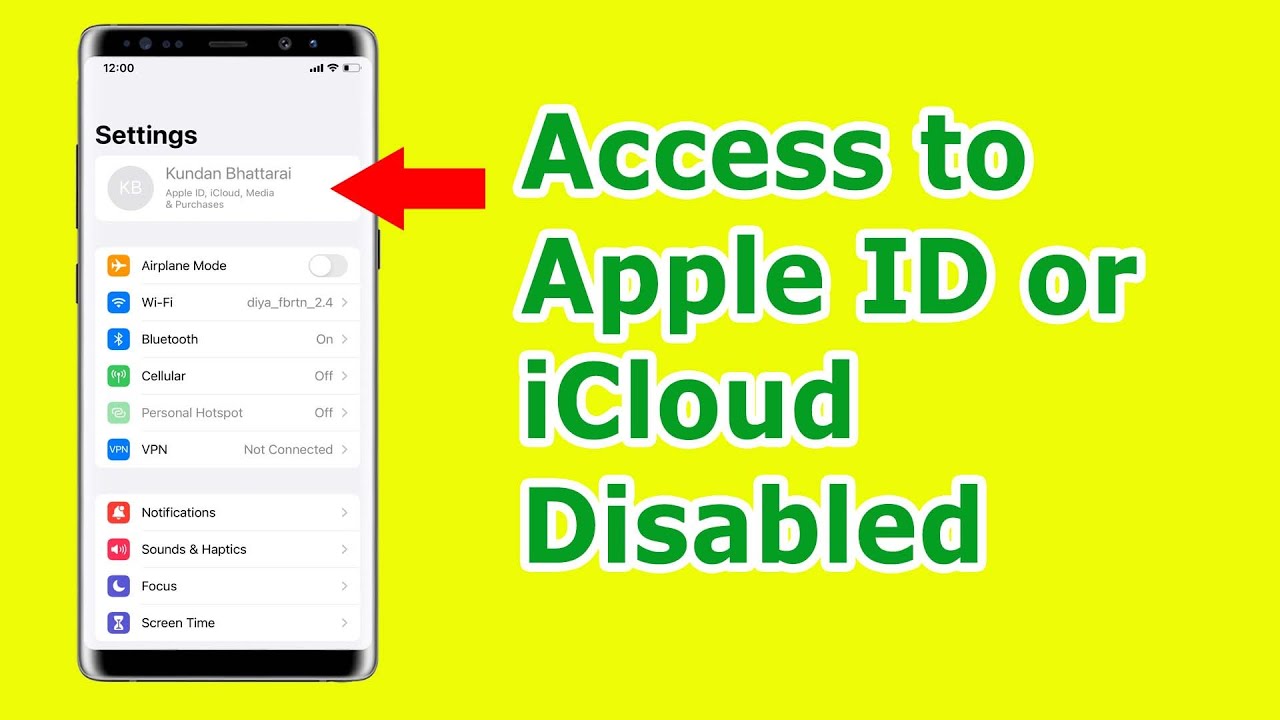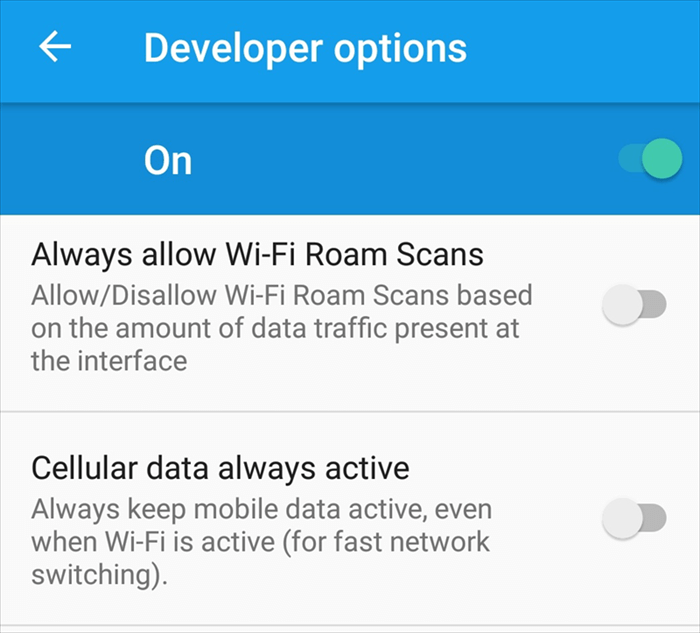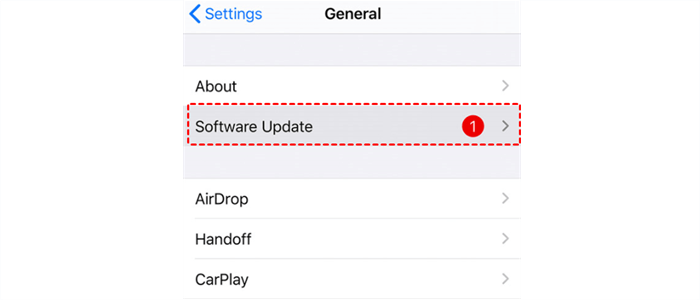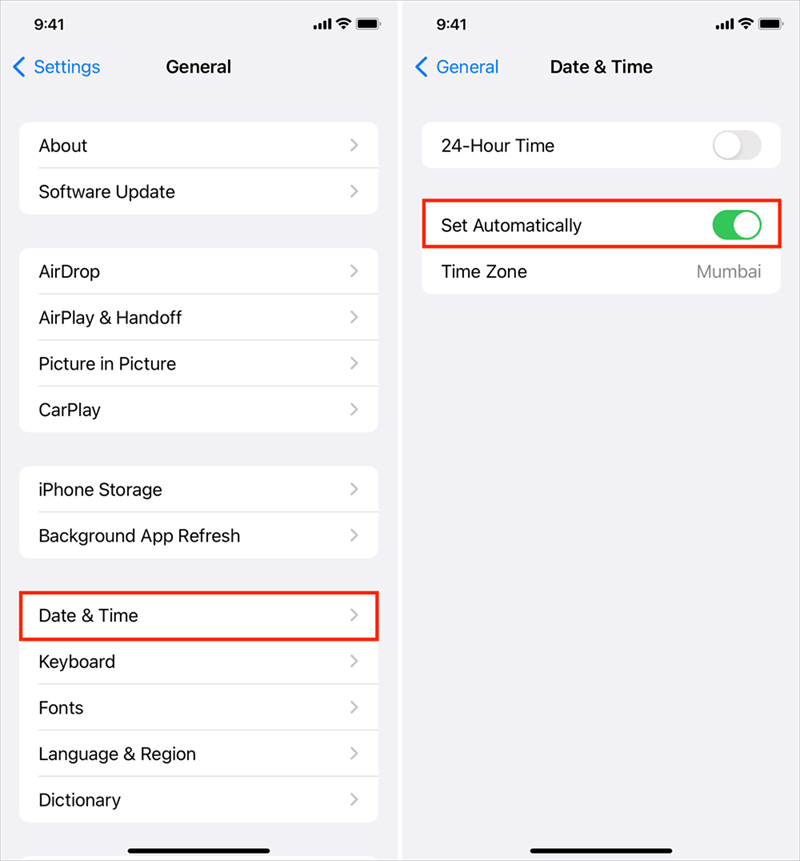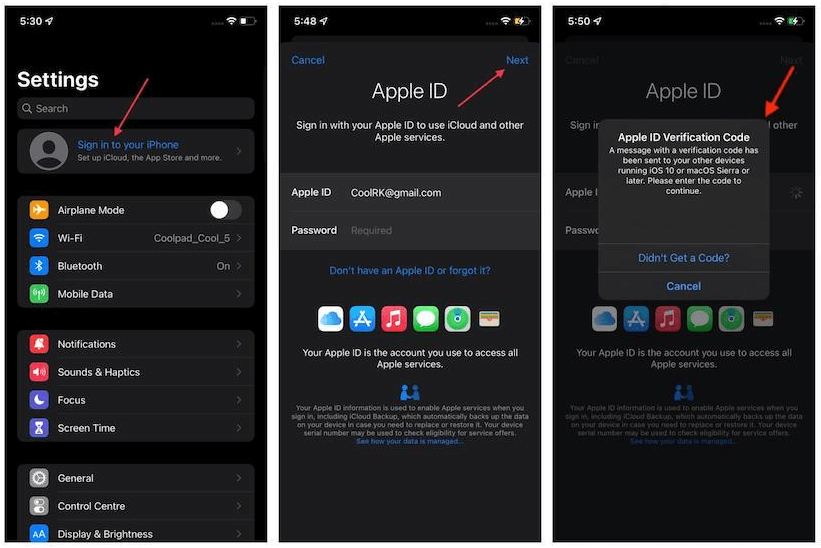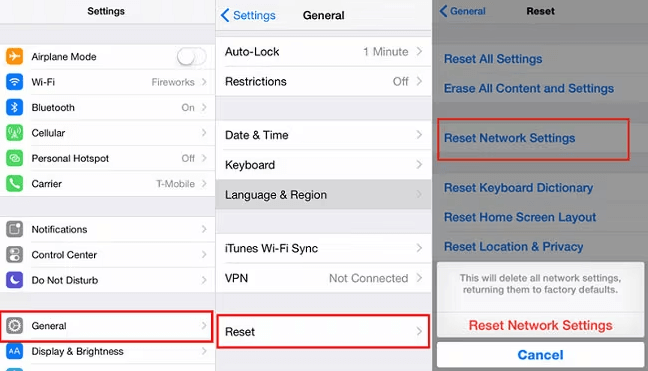Preface
Ah, the dreaded "Can't Access iCloud on iPhone" message. It can strike fear into the heart of any Apple user who relies on iCloud for photos, notes, contacts, and more. But fear not, fellow iPhone enthusiasts! This comprehensive guide equips you with the knowledge and troubleshooting steps to overcome these access woes and get back to seamlessly using iCloud on your iPhone.
Understanding iCloud Access Issues
Before diving into solutions, let's explore the potential culprits behind your iCloud woes. These can range from simple connection problems to incorrect login credentials:
- Network Connectivity: A shaky internet connection or disabled Wi-Fi can prevent your iPhone from connecting to iCloud servers.
- Apple System Outages: Occasionally, Apple's servers might experience temporary outages, causing iCloud access disruptions for users worldwide.
- Incorrect Apple ID or Password: Typos or using the wrong Apple ID can lead to failed sign-in attempts.
- Outdated iOS Version: Outdated software can sometimes introduce compatibility issues with iCloud services.
- Date and Time Settings Discrepancies: Inconsistent date and time settings on your iPhone can disrupt communication with iCloud servers.
Troubleshooting Steps: Reconnecting to Your iCloud
Now that we've identified the potential causes, let's tackle them one by one. Follow these steps systematically to regain access to your iCloud data:
1. Check Your Network Connection:
- Ensure your iPhone is connected to a stable Wi-Fi network.
- If using cellular data, verify if it's enabled for iCloud specifically (Settings > Cellular > iCloud Drive).
- Consider restarting your Wi-Fi router or using a different network to rule out connectivity issues.
2. Verify Apple System Status:
- Visit https://support.apple.com/ to see if any ongoing Apple server outages might be affecting iCloud services.
- If an outage exists, patience is key while Apple resolves the issue.
3. Double-Check Your Apple ID and Password:
- Ensure you're entering the correct Apple ID and password associated with your iCloud account.
- Consider using a password manager to avoid typos.
4. Update Your iPhone Software:
- Outdated software can sometimes hinder iCloud functionality.
- Go to Settings > General > Software Update and install any available iOS updates.
5. Address Date and Time Discrepancies:
- Navigate to Settings > General > Date & Time.
- Ensure the "Set Automatically" option is enabled. This automatically synchronizes your iPhone's date and time with Apple servers, preventing communication issues.
6. Address Two-Factor Authentication Issues:
- If you're not receiving verification codes, check if your trusted phone number or device is still valid.
- Consider alternative verification methods if available.
Advanced Troubleshooting Techniques (if necessary)
If the basic steps don't resolve your access issues, consider these advanced techniques:
1. Restart Your iPhone:
- A simple restart can often clear up temporary glitches that might be causing the problem.
2. Sign Out and Sign Back in to iCloud:
- Go to Settings > [Your Name] > Sign Out.
- After restarting your iPhone, sign back in with your Apple ID and password. This can sometimes refresh the connection.
3. Reset Network Settings (as a last resort):
- Resetting your network settings can potentially rectify network-related issues hindering iCloud access. However, this will erase your saved Wi-Fi passwords and network configurations.
- Go to Settings > General > Reset > Reset Network Settings.
4. Contact Apple Support:
- If none of the above steps work, contacting Apple Support might be necessary. They can provide more personalized assistance to diagnose and resolve the issue.
Preventing Future iCloud Access Issues
By following these preventative measures, you can minimize the chances of encountering iCloud access problems in the future:
- Enable Automatic Updates: Keeping your iPhone software updated ensures compatibility with the latest iCloud functionalities.
- Maintain a Stable Internet Connection: Ensure you have a reliable Wi-Fi connection or sufficient cellular data allowance for iCloud to function smoothly.
- Review Apple System Status Regularly: Checking Apple's System Status page can keep you informed of any scheduled maintenance or outages that might impact iCloud services.
Conclusion
By understanding the potential causes and following the troubleshooting steps outlined above, you should be well-equipped to conquer "Can't Access iCloud on iPhone" issues. Remember, a combination of checking network connections, verifying credentials, updating software, and maintaining correct settings can usually restore your seamless iCloud connection. With these tips in mind, you can get back to enjoying the full benefits of iCloud on your iPhone!
Bonus Tip: Easy Way to Manage Your iCloud Drive or Photos
Managing your digital files can feel like a never-ending battle, especially when you're juggling multiple cloud storage services. If you’re an iCloud user, you might have found yourself wishing for a simpler way to access and manage your files. Enter MultCloud—a powerful tool designed to make cloud management a breeze.
MultCloud is a cloud management service that allows you to manage multiple cloud storage accounts in one convenient place. Imagine having a master key for all your cloud storage; that’s what MultCloud offers! With its user-friendly interface, you can transfer files, sync folders, and even share files between different services without the hassle of downloading and uploading files again.

- Cloud Transfer: Move one cloud data to another without downloading and re-uploading.
- Cloud Sync: Sync data across clouds seamlessly in real time.
- Cloud Backup: Dynamically backup and restore files between clouds.
- Automatic: Set up a schedule to make tasks automatically run as preferred.
- Offline: Transfer, sync or backup cloud data online without going through local.
- Efficient: Access and manage all your clouds with a single login.
MultCloud Supports Clouds
-
Google Drive
-
Google Workspace
-
OneDrive
-
OneDrive for Business
-
SharePoint
-
Dropbox
-
Dropbox Business
-
MEGA
-
Google Photos
-
iCloud Photos
-
FTP
-
box
-
box for Business
-
pCloud
-
Baidu
-
Flickr
-
HiDrive
-
Yandex
-
NAS
-
WebDAV
-
MediaFire
-
iCloud Drive
-
WEB.DE
-
Evernote
-
Amazon S3
-
Wasabi
-
ownCloud
-
MySQL
-
Egnyte
-
Putio
-
ADrive
-
SugarSync
-
Backblaze
-
CloudMe
-
MyDrive
-
Cubby
